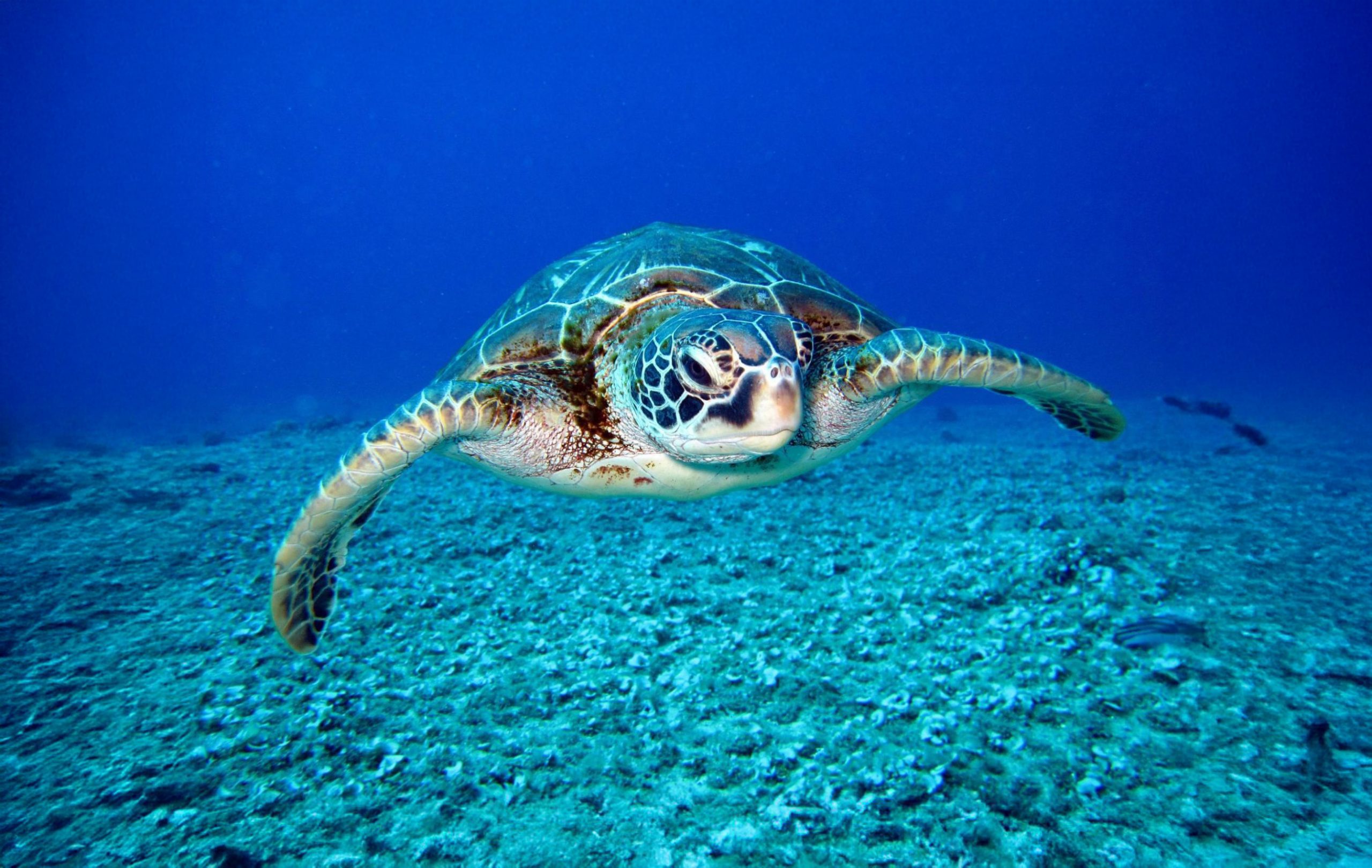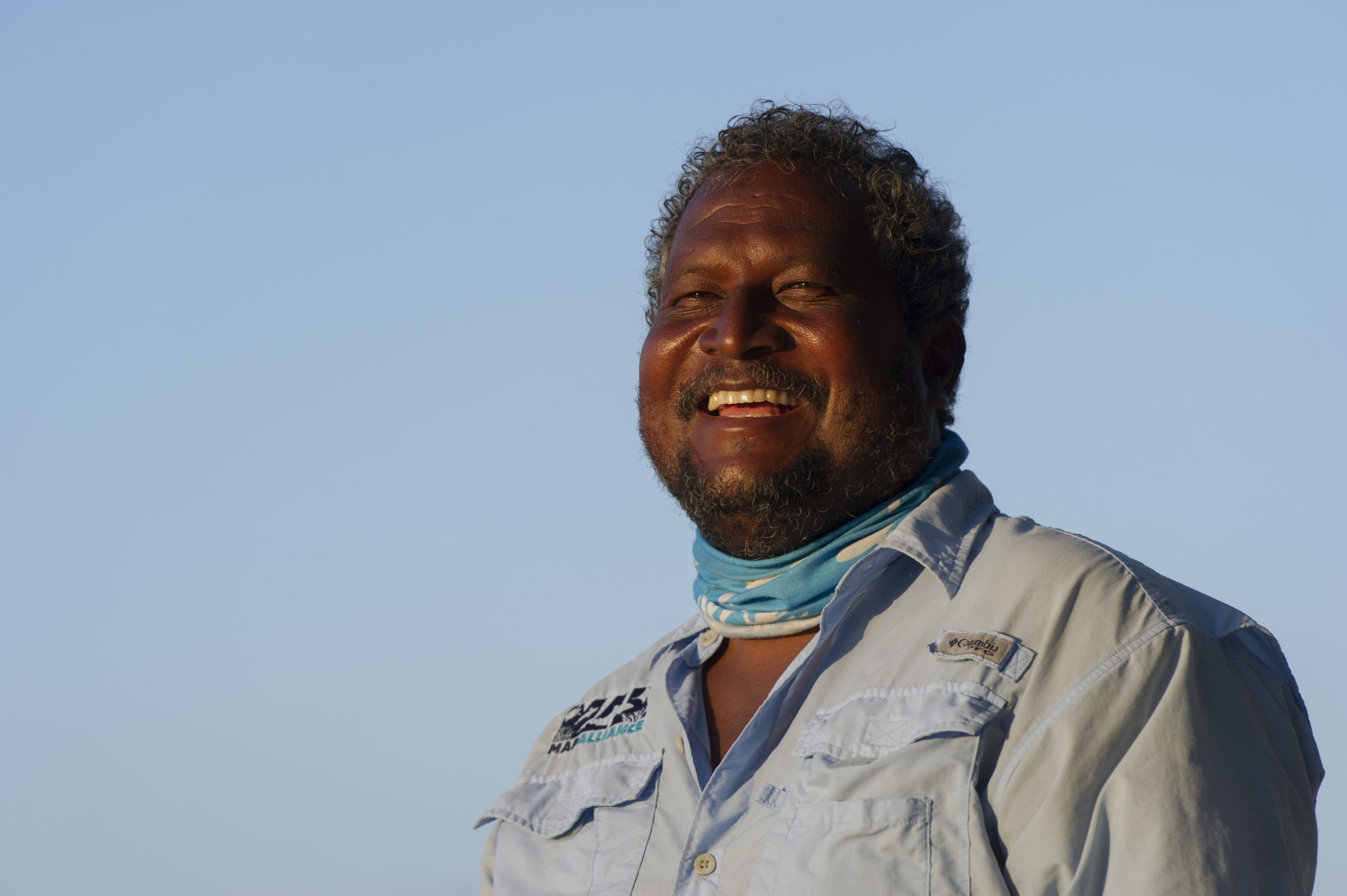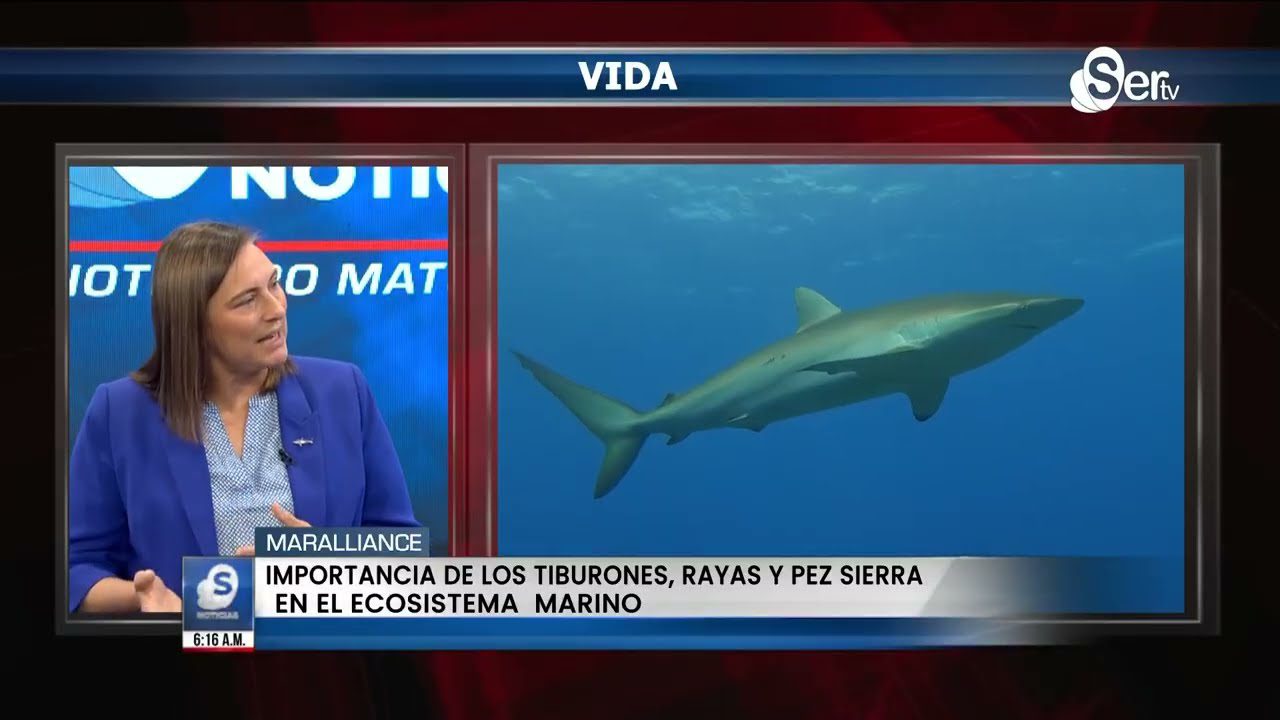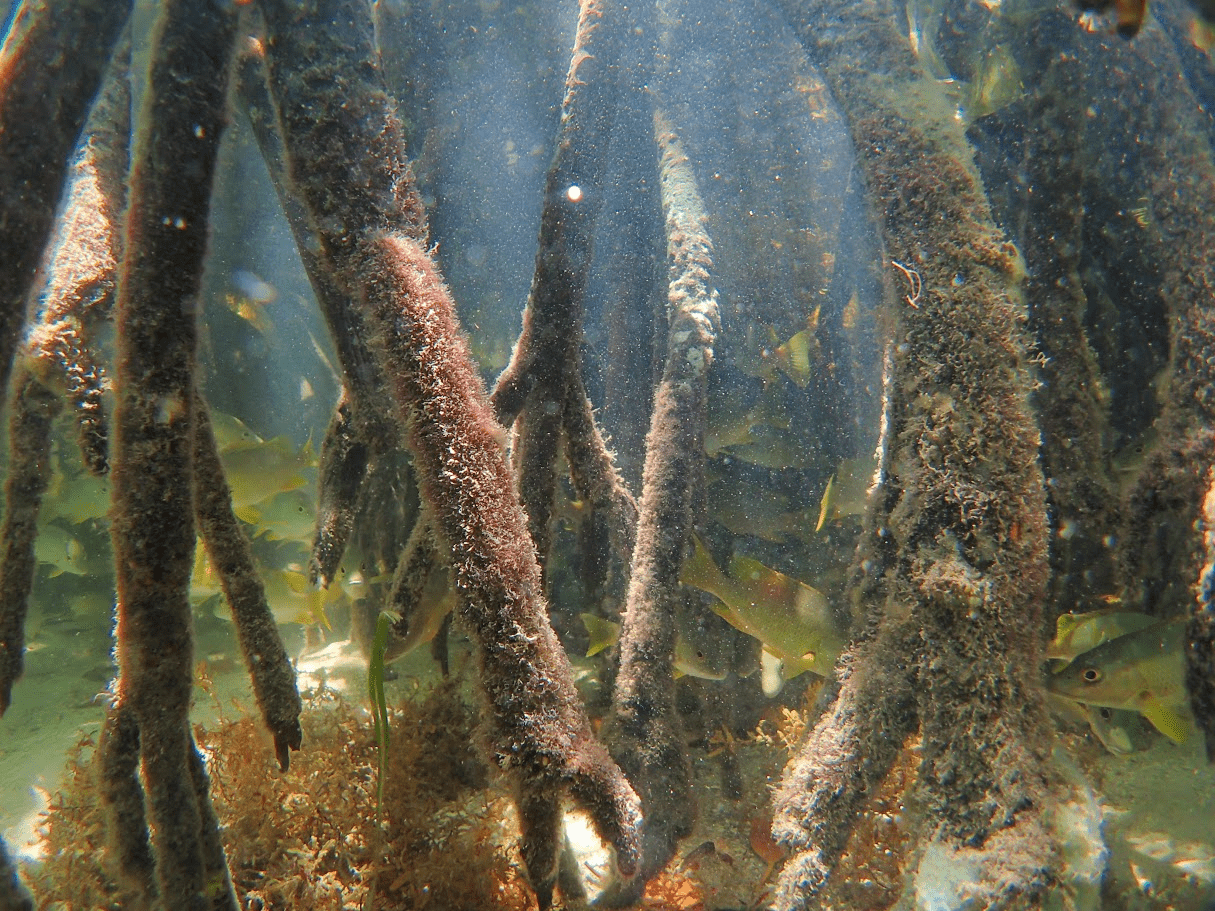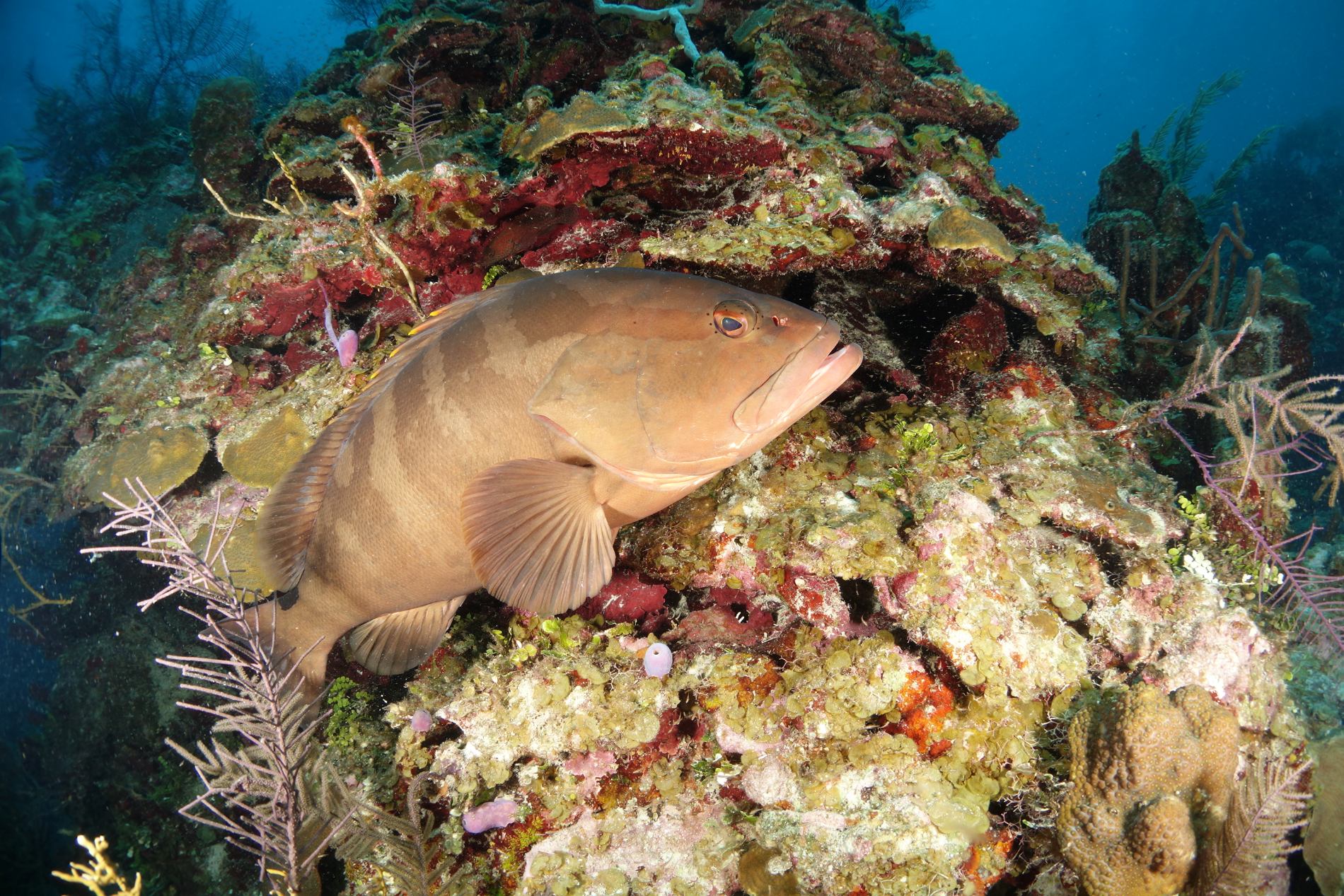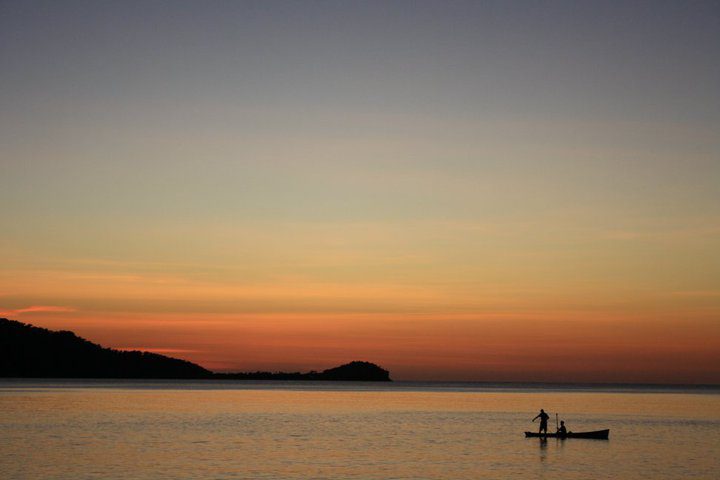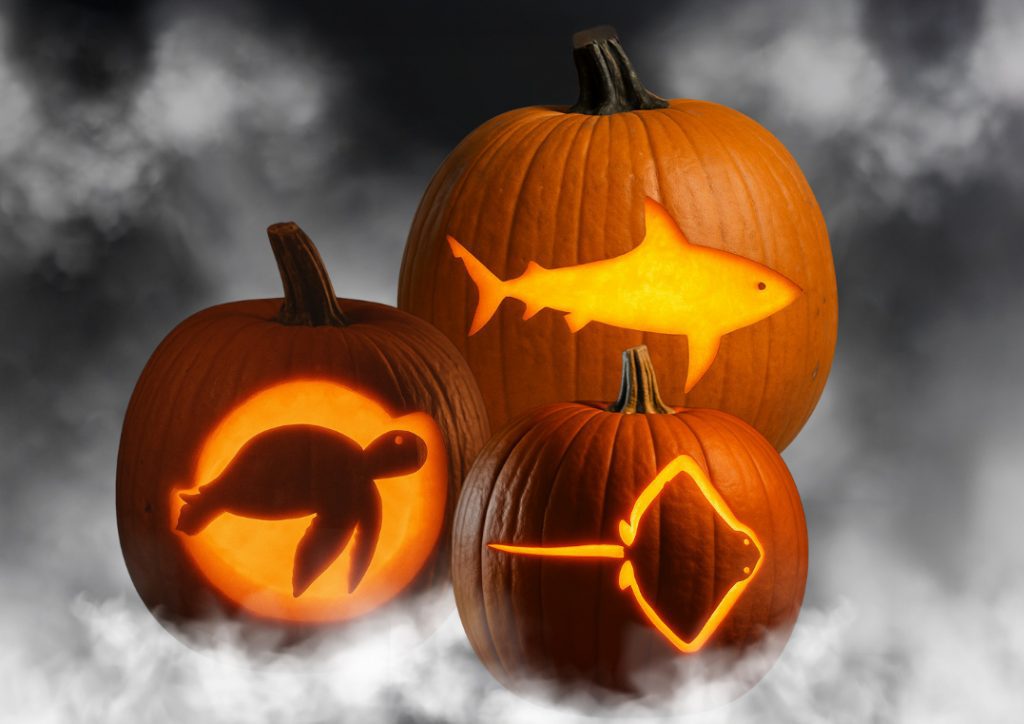Every conservation effort starts with a crucial step: identifying the species we want to protect. With this in mind, the city of Tela, Honduras, served as the venue for our Shark Taxonomy and Conservation Workshop, which brought together experts in the study and protection of marine species in the region.
This event was made possible by the The D. Ross Robertson Research Award Fellowship for Field Studies on Neotropical Deep-Reef Fishes, which supported Dr. Ivy Baremore in her field studies. The training was led by Dr. Baremore, the Scientific Coordinator at MarAlliance and a specialist in sharks and deep-sea fisheries, along with Dr. David Ebert, an internationally recognized researcher who has described more than 50 new shark species and authored over 30 books, including the acclaimed “Sharks of the World.”
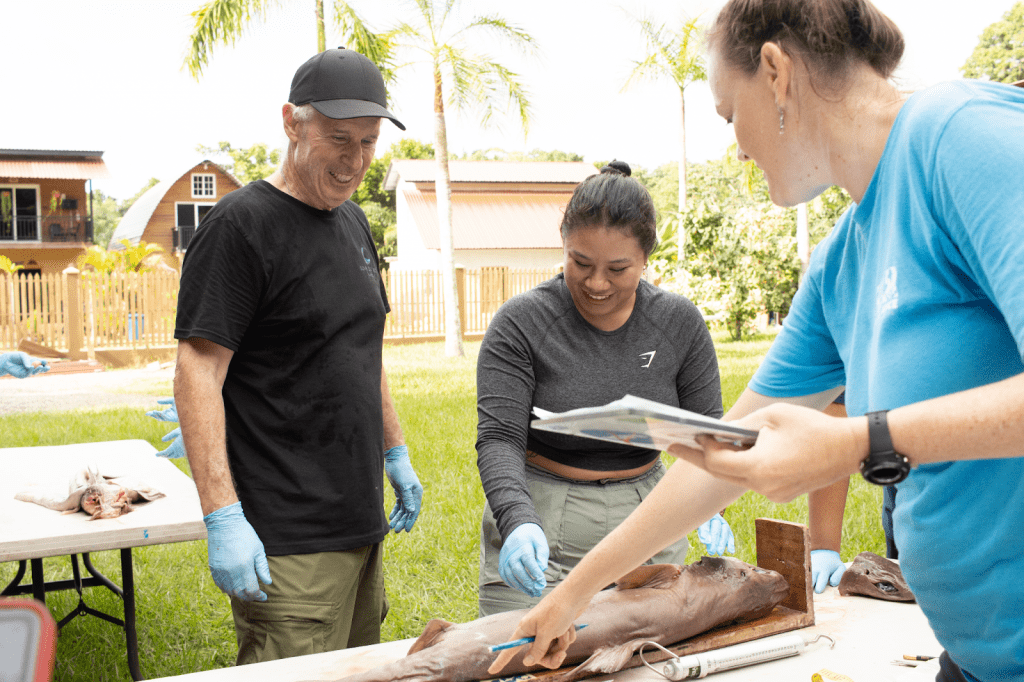
Participants Committed to Conservation
Dr. David Ebert stated:
“Learning shark taxonomy is the foundation of any conservation or management policy. You can’t develop a policy or a law without knowing the species involved.”
The workshop brought together participants from diverse professional backgrounds, including members of co-management organizations for protected areas, representatives from civil society groups dedicated to marine conservation, local authorities such as the Institute of Forest Conservation (ICF), university students, and local divers.
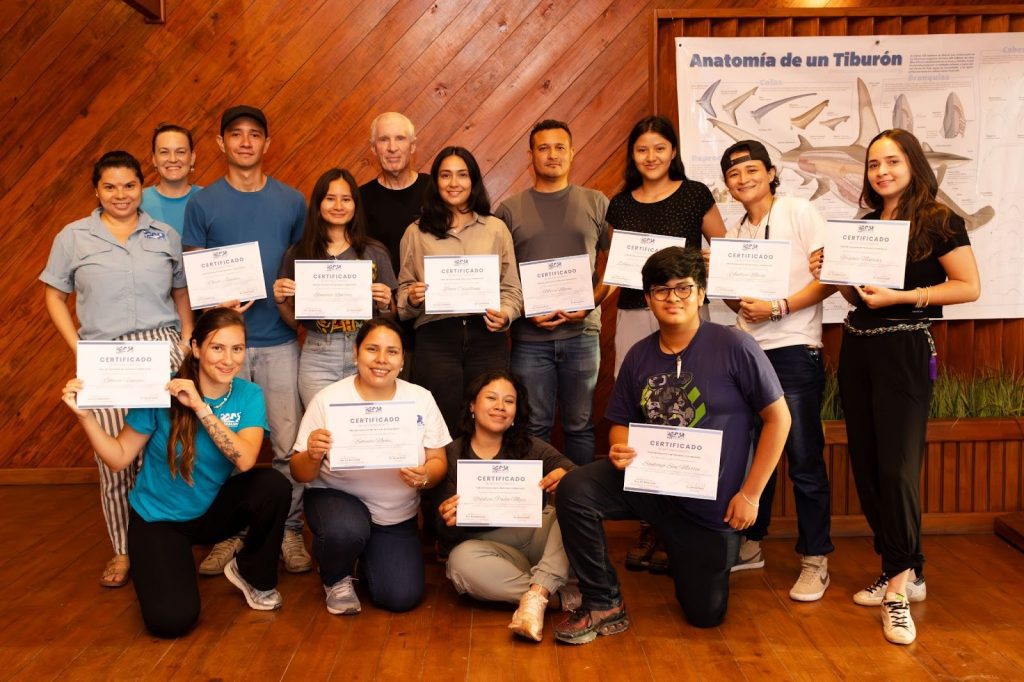
Three Days of Theoretical and Practical Learning
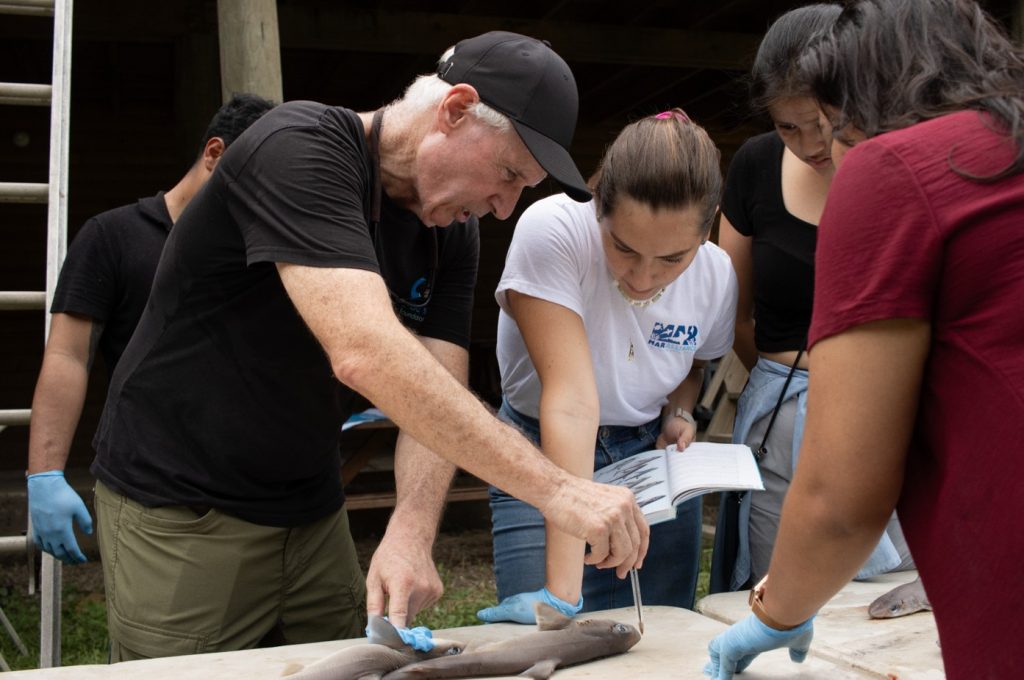
Over three days of training, participants learned about shark biology and diversity, as well as key features for species identification. During the practical sessions, they performed dissections of specimens, observed the internal anatomy of sharks, and learned scientific photography techniques to document species in the field.
Rafael Centeno, Executive Director of AMATELA (Asociación Amigos de los Arrecifes de Tela), emphasized the importance of this knowledge:
“The knowledge provided here will be highly valuable for field applications, as we carry out many monitoring and research activities within the reefs of Tela. Sharks are one of the main species that inhabit these reefs and are of great importance. This workshop will help us identify and showcase all the species found within the Bay of Tela.”
Field Experience at Blanca Janeth Kawas Fernández National Park
The second day of the workshop was focused on fieldwork at Blanca Janeth Kawas Fernández National Park (PNBJKF). Once on-site, participants learned about the methodology and equipment needed for monitoring deep-sea sharks, applying their knowledge in a real-world environment.
Paola Castellanos, Protected Areas Technician for the Bay of Tela at the ICF, commented:
“Learning about shark taxonomy, the different adaptations of each species, and their risk categories according to the IUCN will help us take conservation measures and establish special management categories for their protection. In the Bay of Tela, there is very little information about these species, and through this workshop, we hope to establish research and conservation efforts for those threatened by overfishing and lack of public awareness.”
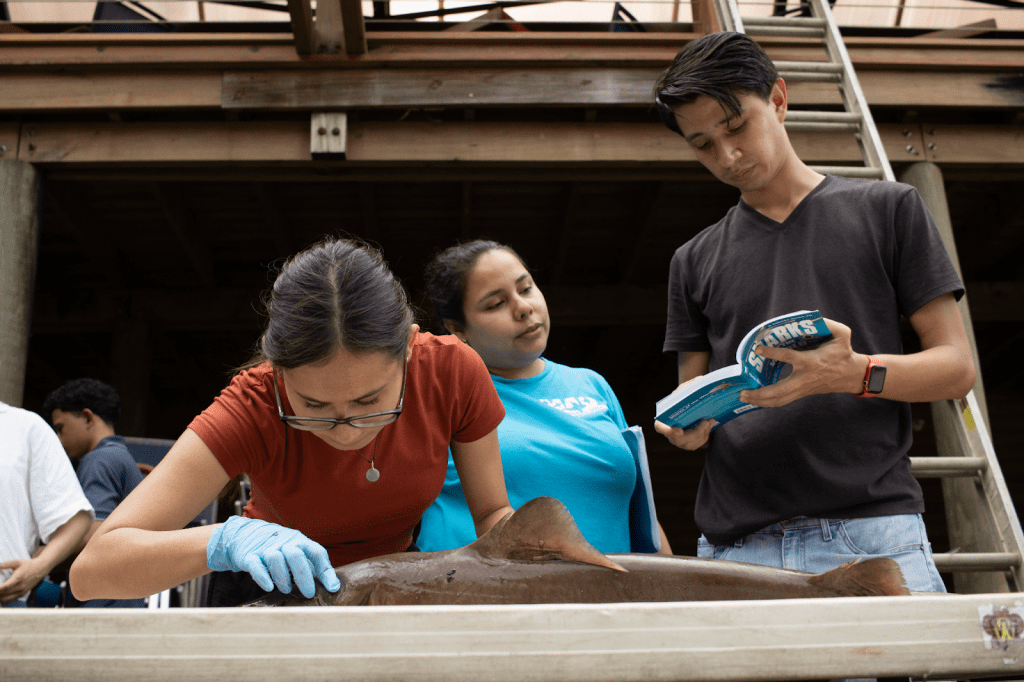
Learning About Local Fisheries
On the final day of the workshop, participants visited local markets where they had the opportunity to identify various fish and shellfish species available for sale. They also stopped by MarAlliance’s Immersive Shark and Ray Exhibit, currently on display in the city of Tela.
An Important Step Toward Marine Conservation
The workshop proved to be an enriching experience for all participants, who showed great enthusiasm and interest in applying their new knowledge to their daily work. “Trying to identify the ‘gulper shark’ (Centrophorus spp.) was a highlight for me because we all realized the urgent need to conduct more research on sharks and rays in Honduras,” said Dr. David Ebert.
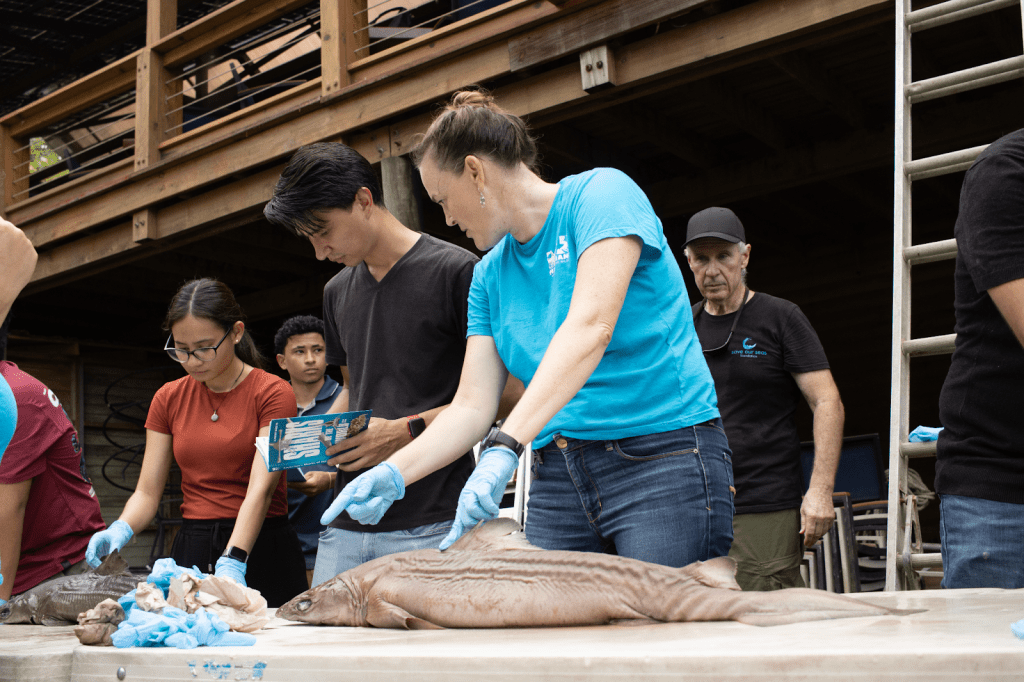
Without a doubt, this initiative marks an important step toward shark conservation in the Bay of Tela and the strengthening of collaboration between science, local communities, and institutions.
